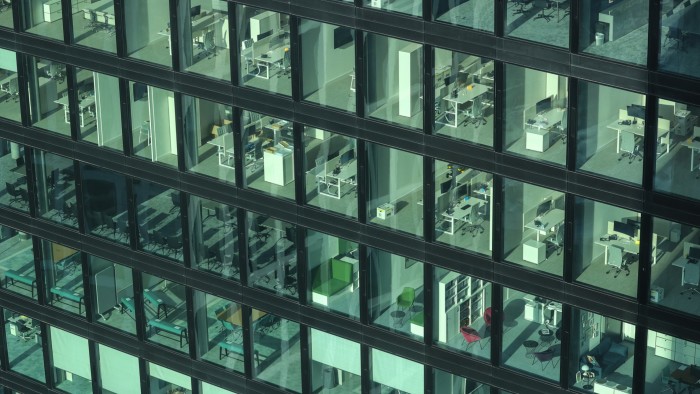There is no alternative to alternative assets

Roula Khalaf, Editor of the FT, selects her favourite stories in this weekly newsletter.
The writer is managing partner at the Pictet Group
What alternatives do investors have in a crisis? Public markets are suffering their worst pummelling in a generation or more. In such broad turmoil, private markets offer a compelling investment.
This is a path that comes with its own perils given the real risks in democratising private markets for retail investors.
But for seasoned investors, including family offices, wealthy individuals and institutional clients, there is no alternative to alternative assets such as private equity and hedge funds. Diversifying portfolios is becoming essential in building resilience.
Worldwide, interest rates are rising, inflation is hovering at multi-decade highs and geopolitical tensions are prominently on investors’ minds. Much column space is dedicated to predicting the implications, yet it is revealing to step back and note where we stand: 2022 has, to date, been the worst year for US 50/50 bond and equity portfolios since 1932.
As the low-yield world of the past decade has given way to a higher-volatility environment, the focus is shifting towards protecting capital over the longer term. From 2015-21, alternative assets rose from $7tn to $15tn globally. Once niche investment strategies, these are now genuinely mainstream and can generate superior long-term returns.
One downside investors must deal with is illiquidity. Yet a simple shift in perceptions can cast this in a different light. Illiquidity can add value during volatile cycles. Private assets can protect investors against their own (sometimes unconscious) biases, locking them in for an entire cycle or longer and removing the temptation to sell at the bottom of the market.
The extent, severity and duration of a global downturn — paired with the end of the cheap money era — is a natural concern given private assets demand a long-term commitment. Another headwind often mentioned are valuations in private assets: they tend to lag behind the market by as much as six months, often lack in transparency and are susceptible to economic cycles due to debt levels.
However, at the depths of the global financial crisis, private equity suffered smaller losses than public markets. It also returned to pre-crisis value in just two years, a point when public equity markets were still down 20 per cent. This was not a one-off — Bain Consulting data shows that investors in global private equity buyouts consistently outperformed long-term averages in the years following a marked downturn.
As the cost of borrowing rises, investors are understandably concerned that high-yield corners of the debt market, traditionally used to fund buyouts, could become expensive and scarce. But, as interest rates fell over the past decade, buyout financing costs remained steady at 6-7 per cent. By the same logic, they may retain some protection against rising rates, although the lower end of financing rates is definitely an element of the past.
Most private assets are inherently long-term investments. Last year marked a peak in the cycle of exits by private equity from investments. In the short term, initial public offerings will be difficult as public markets suffer. In better times, transactions between different funds have allowed private equity managers a route to liquidity. And while concerns exist over what some see as a game of musical chairs, it is important to differentiate between cases of “pass-the parcel” deals and those companies attracting capital for innovation or buy-and build strategies that are supported by management teams recommitting capital.
As the industry sees a flight to quality, investors are likely to reduce the funds they back, remaining with trusted partners with the ability to source deals and create value.
Private equity firms must seek new ways of creating value in particular operational improvements focusing on energy transition and digitisation. In this high-inflation environment, investors are targeting secular growth trends and real assets such as property — historically seen as a hedge against inflation. One example is the opportunity in repurposing existing buildings to make them greener, helping investors meet commitments on environment, social and governance factors.
Private markets are not for the unwary and one needs to be conscious that the prospect of higher returns come at the cost of illiquidity. For all the benefits, there are evidently drawbacks. Inflation and geopolitical uncertainty are considerations, though not all negative. Indeed, embracing the trend and increasing allocation to alternatives can bring higher returns and lower volatility to a portfolio. A long-term view though is vital.
Comments